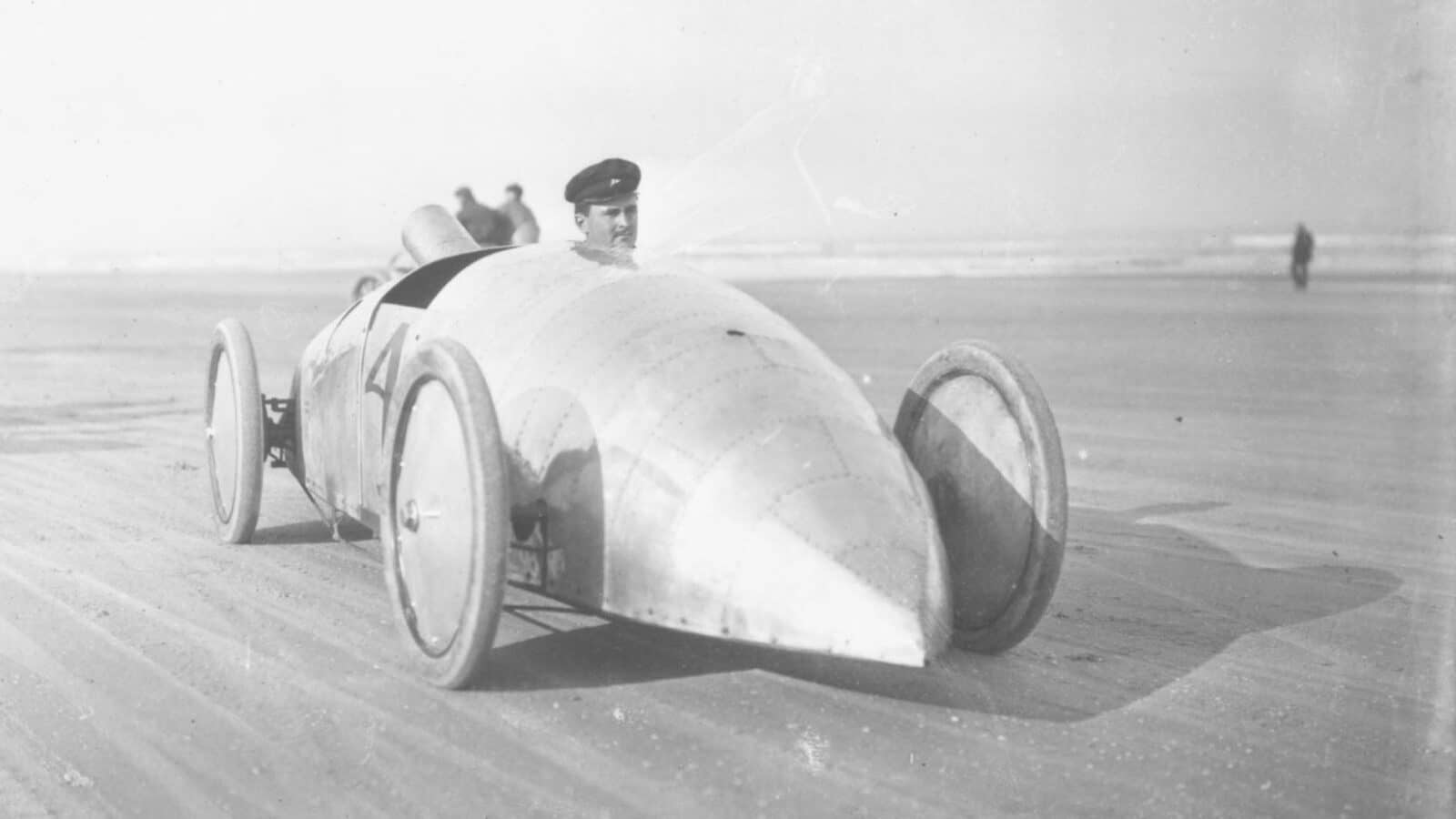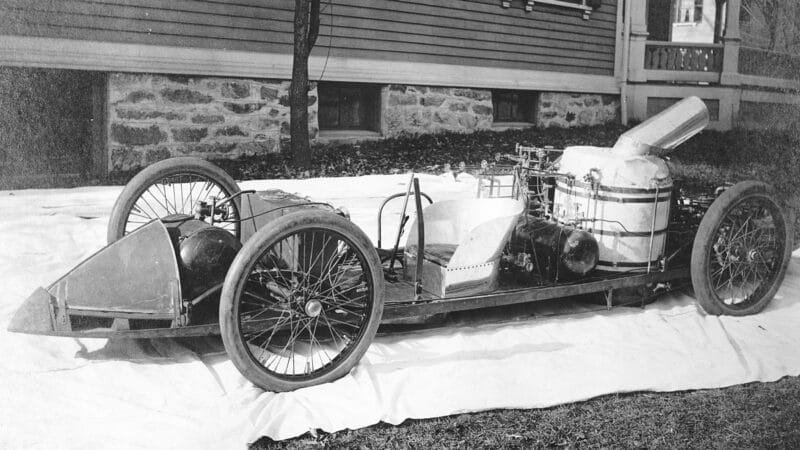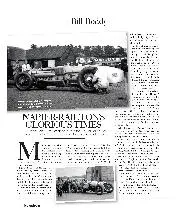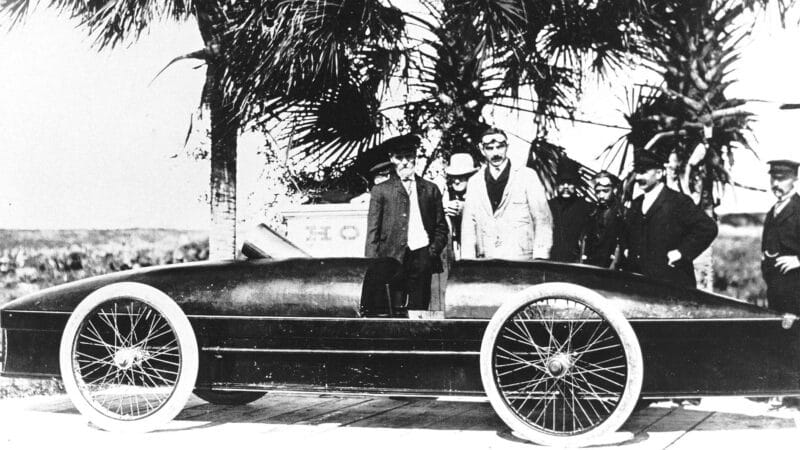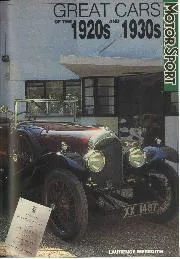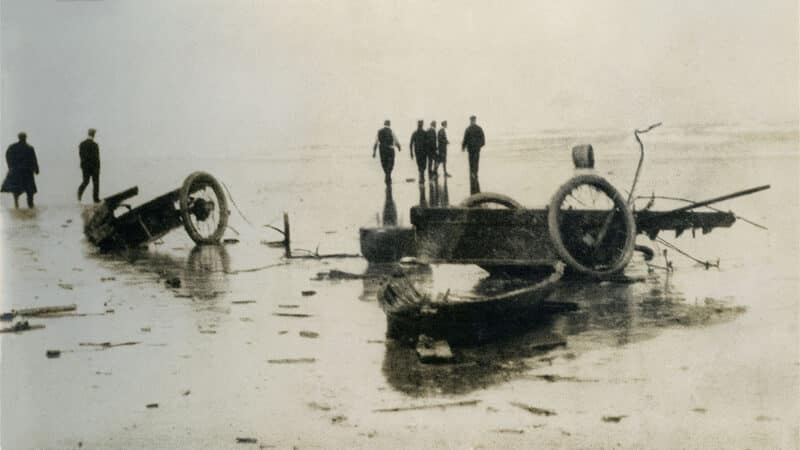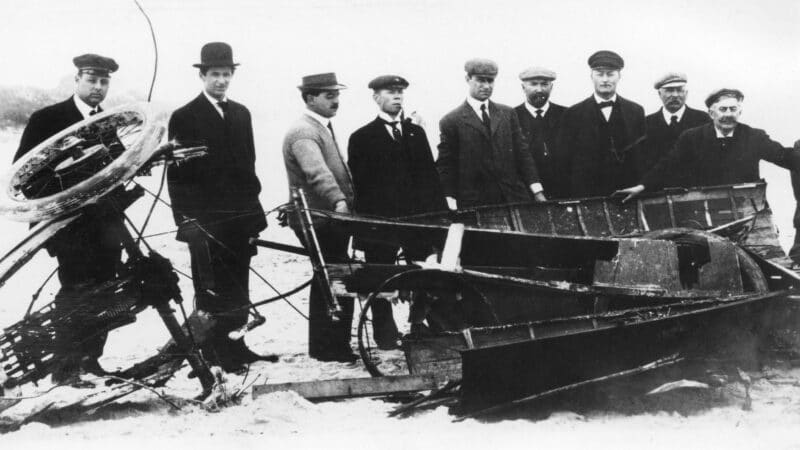The most revolutionary car to race at Ormond Beach in 1905 was a steam-powered device called the ‘Wogglebug’ that was built and driven by Louis Ross, an employee of the Stanley Motor Carriage Co.
Stanley — whose cars were widely known as ‘Stanley Steamers’ — was one of many manufacturers of steam cars in the US at the beginning of the 20th century. Stanley was not the largest producer of steam cars, but its machines were designed to be lighter and faster than those of rival companies.
Brothers FE and FO Stanley were identical twins who developed a dry-plate photography technique that was eventually sold off to Eastman-Kodak. Their interest in steam began as a hobby, and they built their first car near their Massachusetts home in 1897.
The Stanleys sold their first steam car in 1899, and almost immediately the company was acquired by investors who changed the name to the Locomobile Company of America. Production soon moved to Bridgeport, Connecticut, where Locomobile turned to building gasoline-powered cars in 1905.
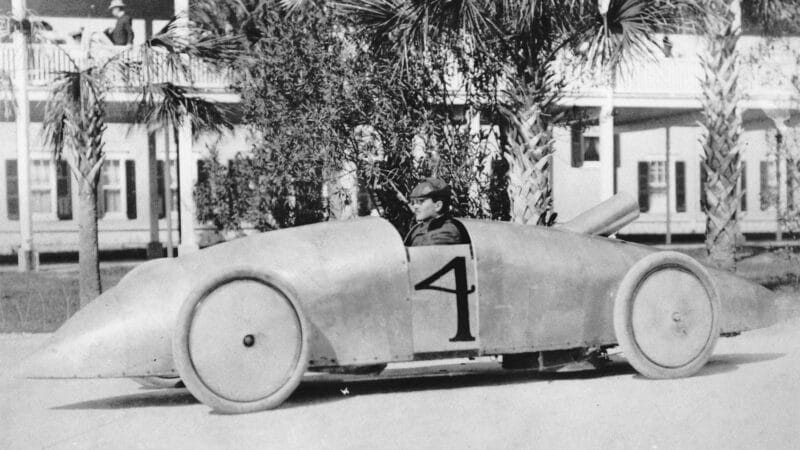
Ross with his steamer in 1905
Getty Images
FE and FO re-entered the steam car business in 1901. Between 1901 and ’25 Stanley built a confusing array of steam cars that ultimately totalled over 60 different models. The earliest cars resembled the buggies they were based on with the steam boiler, water tank and engine mounted under the seat. Beginning in 1905, Stanley introduced a new car that became the classic Stanley style: the boiler moved to the front of the car and was covered by a distinctive rounded bonnet. These ‘coffin-nose’ Stanleys remained in production until 1915.
One of the early advantages of steam cars was their simplicity. Steam power — for railroads, ships and production of electricity — was a highly developed and familiar technology, while the internal combustion engine was not. A steam engine is an external combustion engine; power is produced as steam in a boiler and transported by a steam line to a simple engine that is little more than a pair of pistons attached to connecting rods that transfer power to a rotating shaft.
